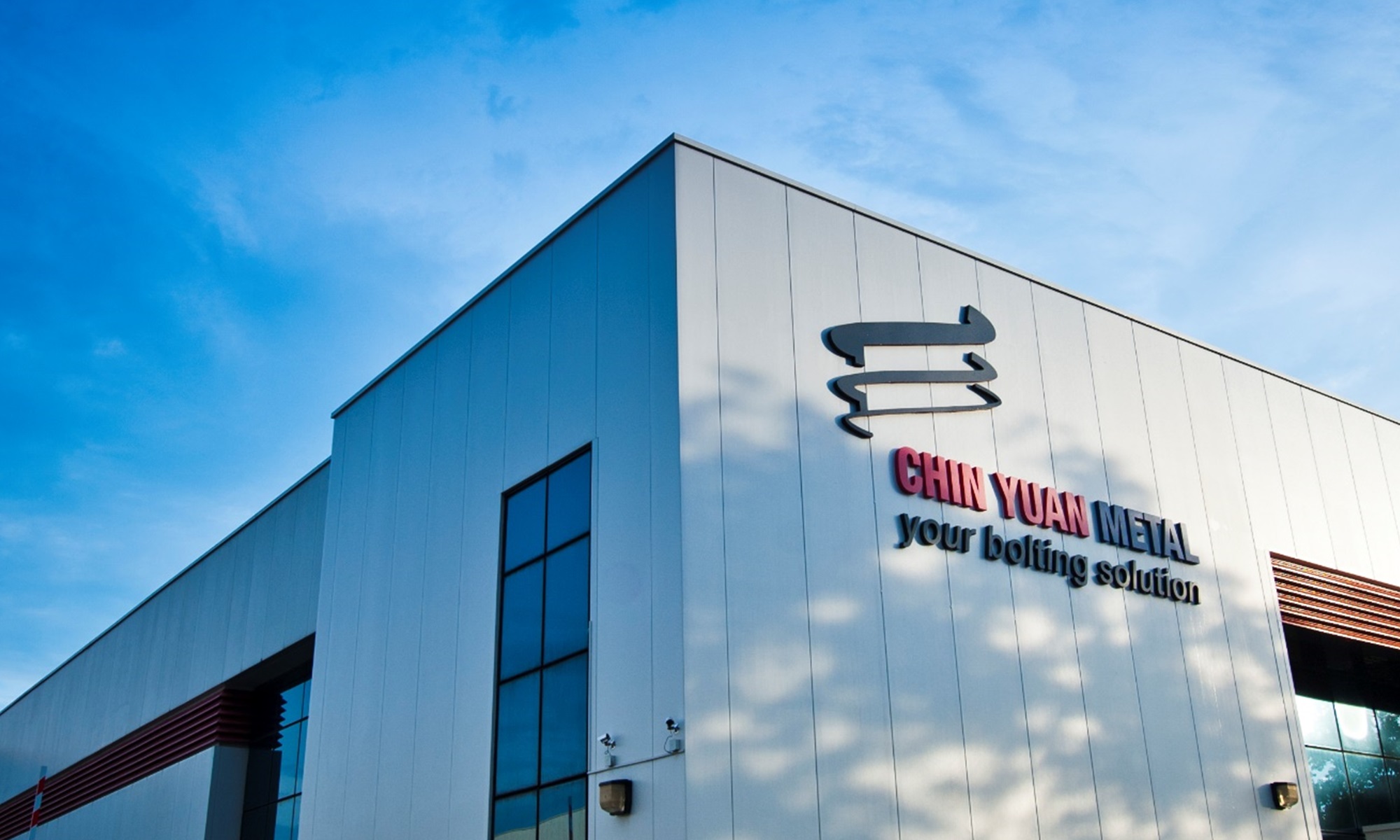Essentials Of A Tie Rod As An Industry Tool
A tie rod is a critical industrial tool used in a variety of structures. These include steel infrastructure such as bridges, tunnels, and cranes. Airplanes’ wings also sometimes use tie rods, as do bicycle wheels’ spokes. Cars also use tie rods for steering.
Basic Properties Of A Tie Rod
What exactly are tie rods and what do they do? A tie rod is usually a metallic rod. Its main function is to connect two pieces together to form a more stable whole, usually of concrete. This explains why tie rods are frequently used in buildings and tunnels.
This particular type of rod’s tensile strength is a critical factor to consider, as this will determine how well the rod can take in the load for which it will be used. These rods are used together with nuts or hex nuts. Depending on the purpose of a user, one can request for customised lengths from suppliers, although 15-mm tie rods are very common.
Tie Rod For Tunneling And Other Industrial Projects
Tie rods also play crucial stabilising roles in tunneling projects. Along with rock bolts and reinforcement couplers for rock excavations, tie rods help maintain a state of equilibrium against lateral forces, thereby keeping structures fastened and steady.
Because tie rods can be customised to suit a customer’s specific needs, here are the following important information to remember to ensure that the rod your purchase is exactly the one your project needs. You need to know the type of rod assembly you are going to use (in this case, choose between three basic assemblies consisting of a threaded clevis and/or a turnbuckle).
You also need to note the diameter of the rod you want to have, as well as how many rods of a certain specification you’re going to need. The total length of one assembly you’re going to put together using the rods is also a crucial factor to note, as is the grade of the material you want or need to use. You may also ask your supplier if they provide different finishes to rods, such as bare steel and stainless steel. All these specifications would determine the cost of your rod order as well as how long your supplier will take to produce them. It is imperative to source these rods from reliable suppliers only so as to ensure safety and high-quality in the structures these rods are going to support.
